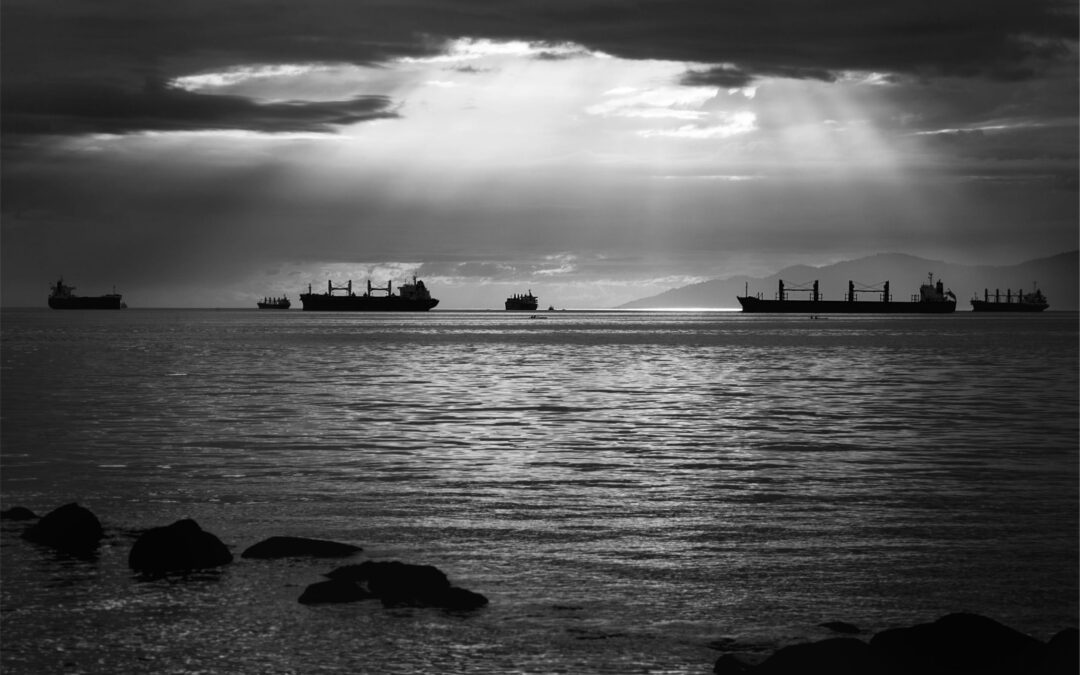In a new package of sanctions against Russia, the European Union (EU) wants to address ship-to-ship transfers and ships that manipulate or turn off their navigation tracking system in order to avoid sanctions. Ships suspected of such actions will be banned from accessing EU ports.
The sanctions package includes the following measures for shipping:
- Prohibition to access EU ports for vessels that engage in ship-to-ship transfers suspected to be in breach of the Russian oil import ban or G7 Coalition price cap.
- Prohibition to access EU ports for vessels if a vessel does not notify the competent authority at least 48 hours in advance about a ship-to-ship transfer occurring within the Exclusive Economic Zone of a member state or within 12 nautical miles from the baseline of that member state’s coast.
- Prohibition to access EU ports for vessels which manipulate or turn off their navigation tracking system when transporting Russian oil subject to the oil import ban or G7 price cap.
‘We want to counter the increase of deceptive practices by vessels transporting Russian crude oil and petroleum products which aim to hide the origin of the oil and circumvent our import ban and price cap on the transport and services to third countries,’ says the EU in a release. ‘These practices, which include ship-to-ship transfers of oil and petroleum products, also create environmental risks near our coasts.’
The EU further states: ‘We are therefore introducing a prohibition to access EU ports for vessels which are transporting Russian oil and have conducted ship–to-ship transfers or turned off their AIS navigation systems during the voyage to a member state, giving reasons to suspect a breach of our restrictions. We are also prohibiting access to EU ports if a vessel does not notify the competent authority at least 48 hours in advance about a ship-to-ship transfer occurring within the Exclusive Economic Zone of a member state or within 12 nautical miles from the baseline of that member state’s coast.’
Also read: Sanctions stop Niestern Sander from delivering new ice-breaking W2W vessel
Abuse of AIS
The New York Times recently described how a tanker owner used “spoofing” to show that the ship was in the middle of the Sea of Japan whilst in reality, it was 250 miles north loading oil in a Russian port, part of a journey to China that likely caused a breach of sanctions. For years, ships wanting to hide their whereabouts have resorted to turning off the transponders used to signal their location.
The latest surge of this so-called dark fleet ships began after Russia invaded Ukraine and the West imposed sanctions on
oil. Military-grade equipment, or software, that is now commercially available, makes it possible to manipulate a vessel’s reported location sent by AIS, the automatic identification system.
This is just one method applied by dark fleet operators. Another way is to transfer oil from one tanker to another at sea to try to whitewash the sanctioned cargo.
Also read: Rotterdam sees throughput decline slightly in first quarter








